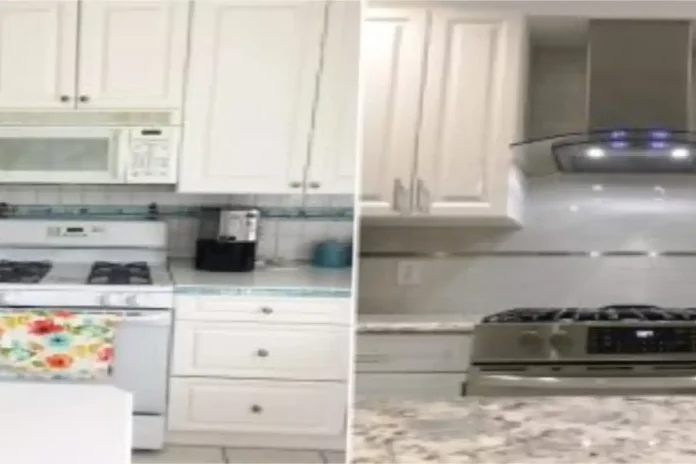Vented Vs Non-Vented Range Hoods
It would be best to keep a few key considerations in mind when you’re in the market for a new range hood. While it may seem like vented and non-vented range hoods have similar features, they have distinct differences that will affect your decision.
This resource covers the Premium quality range hoods by comparing vented vs. non-vented models, thus helping you decide which is right for you and your kitchen cooking needs.
Table of Contents
Ventilation Basics
Ventilation removes or replaces air to control temperature, remove odors, and provide fresh air. There are two ventilation systems for your kitchen: vented and non-vented. The main difference is that non-vented units don’t use ductwork to ventilate, whereas vented units do.
Venting uses the power of natural airflow to draw out smoke and smells from your kitchen into the outside air through an exhaust fan located at the top or rear of the unit. Ventilation basics include how they work, what they do, how they differ, the advantages and disadvantages of each type, and which one is right for you.
How Venting Range Hoods Works
By venting the air, you can prevent grease buildup, which means that food particles and grease will not be floating around in the air, causing an unpleasant odor or causing smoke from a gas stove to recirculate throughout your home.
The higher-end products on the market will also have filters so that if smoke gets back into your kitchen, it won’t be as bad because there is a filter to help absorb some of the fumes. Many people choose vented range hoods because they are more energy efficient than non-vented range hoods; however, both options have pros and cons.
How Non-Venting Range Hoods Works
Non-venting Premium quality range hoods typically use higher-grade insulation to block all cooking odors from escaping the kitchen and other home areas. The dense insulation also helps increase energy efficiency by blocking heat from escaping your home and heating the outside air.
As for installation, these models will require more floor space than their vented counterparts since no duct can help guide the exhaust path through an exterior wall or roof.
Non-venting ranges are best suited for homes with high ceilings that do not need to vent cooking smells or fumes outside the home, such as apartment buildings or homes with a separate ventilation system.
Evaluating Airflow Performance
Some people believe that vented and non-vented Premium quality range hoods have pros and cons, and it is ultimately up to the consumer to decide which one they prefer. Regarding airflow performance, vented hoods are better at eliminating odors inside the kitchen because they operate more efficiently with less resistance.
On the other hand, non-vented models are not as effective because their venting system relies on recirculation for air exchange. This means that smells will linger in the room for much longer periods with non-vents than with vents because of how quickly air is circulated through them.
To Sum Up
Range hoods come in two types of styles, vented and non-vented. One type of range hood is not better than the other; it just boils down to personal preference based on your cooking habits, what you are cooking, and the size of your kitchen.
If you have any doubts about which type of range hood is best for you, consult an expert or do some research online.


Review Vented Vs Non-Vented Range Hoods: Does It Make A Difference?.